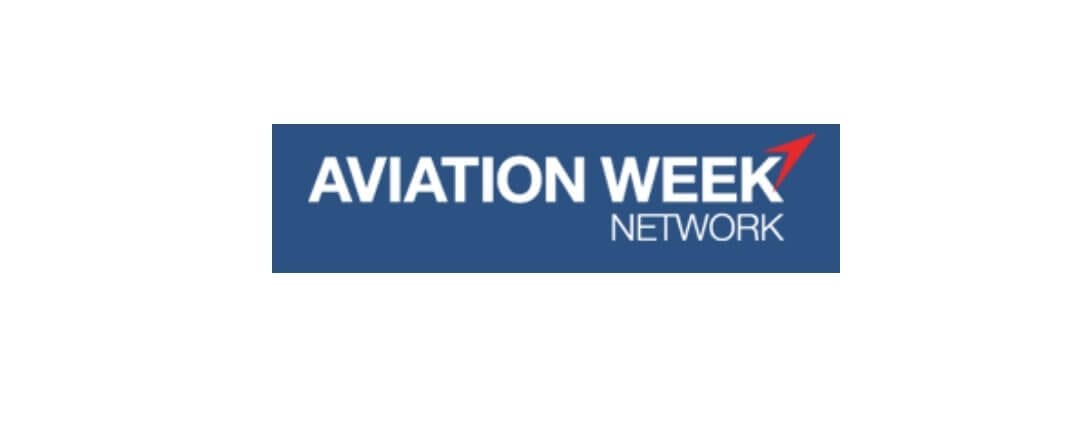GE Aviation is highlighting its Open Flight Deck concept with the first public showing of an “integrated, open” avionics demonstrator at this year’s Farnborough International Airshow. Airlines, business jet operators and military services could use the open-architecture platform to insert new applications in less time than upgrades now take, and at lesser cost, the company says.
The avionics demonstrator is a tangible result of the Open Flight Deck project GE announced at the Paris Air Show in June 2017 with partners BAE Systems, Rolls-Royce, Coventry University and the University of Southampton. In November, the UK government awarded the project a £13.1 million grant; it is one of seven aerospace research and development projects awarded £53.7 million in funding.
GE’s contribution has been informed by the common core system (CCS) the manufacturer is supplying on the Boeing 787 and future 777X, and its data concentration network on the new Gulfstream G500/G600 business jets. The CCS is the 787’s primary computing system, consisting of software processing, remote data concentrator and network elements. Building on the CCS, the G500/G600 data concentration network is an avionics input/output and networking infrastructure capable of multiple communications protocols.
“What we’ve been doing the last few years is saying: how do we embody those open approaches into other areas of avionics, focused on flight management systems (FMS) and what we’re calling an ‘open, connected FMS,’” said Andrew Carlisle, GE Aviation avionics commercial operations general manager.
The answer is an open-architecture platform that incorporates the hardware, software development tools and infrastructure needed to support a range of applications. A connected FMS would allow pilots to seamlessly connect a carry-on electronic flight bag (EFB) such as an iPad to the flight computer to run applications such as GE Aviation’s FlightPulse product, a flight-optimization application that applies analytics to data being collected by sensors on the aircraft.
The result of a collaboration with Qantas started in late 2016, FlightPulse entered service with the Australian carrier last year. In February, Malaysia’s AirAsia and GE Aviation signed a four-year agreement to supply FlightPulse and an electronic flight operations quality assurance service for AirAsia’s fleet of 355 Airbus A320s and A330s.
Aircraft systems essentially are frozen when an aircraft is certified, and later modifications or updates can take years to deploy, at significant expense, GE argues. Current EFBs cannot simply connect with the aircraft’s FMS, but an approved, open interface allows the two systems to interact, it says.
GE Aviation’s open platform will enable more rapid and affordable modifications and upgrades of airline, business and military aircraft. The manufacturer forecasts up to a 60% improvement in development costs and 80% improvement in the time it takes to launch new applications.
“We developed this (approach) to address two things in the marketplace,” explained Carlisle. “One was around ‘vendor lock.’ Customers were getting increasingly frustrated with being tied to one particular vendor when they wanted to make changes. These were often multimillion-dollar changes and taking in excess of a year or two years [to complete].” In addition to vendor diversity, pilots and operators want timelier upgrades, he said.
“You’ve got these two pulls in the marketplace. That’s why we’re trying to break that paradigm with this new type of system,” he said.

